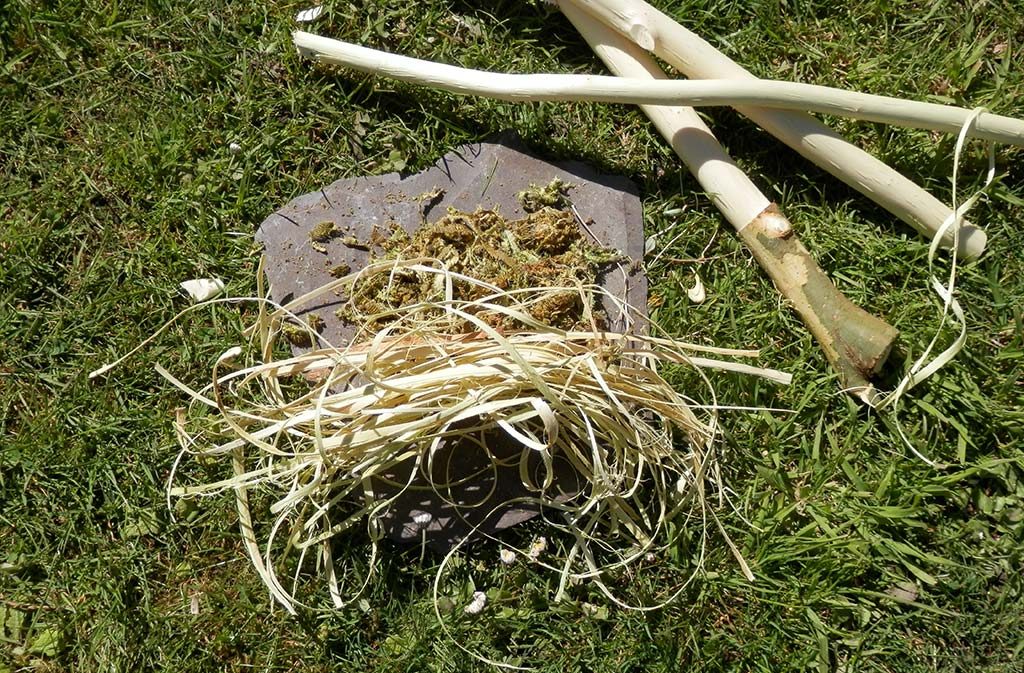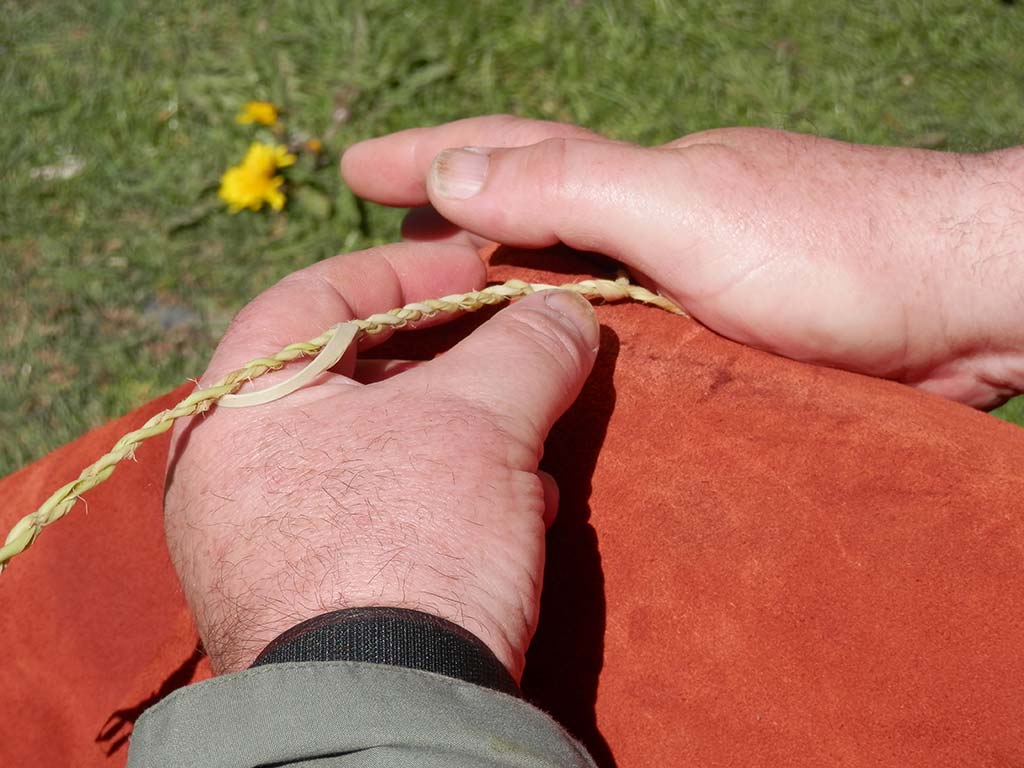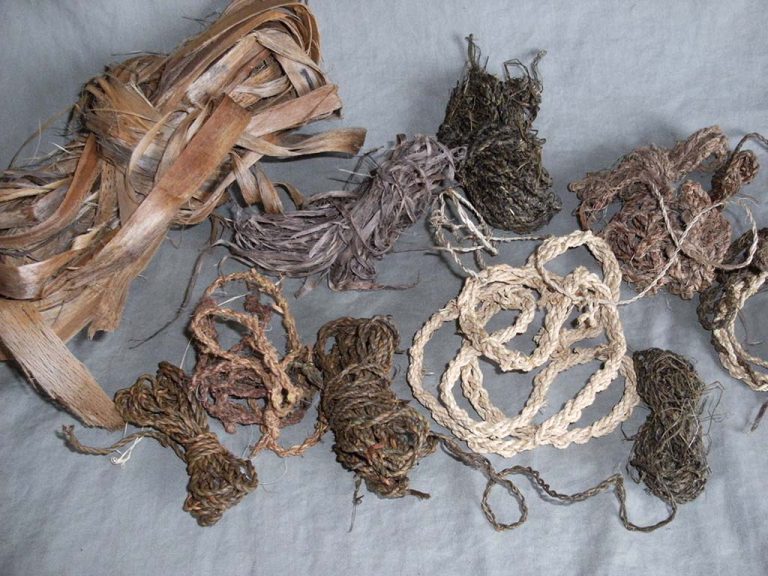Learning how to make the most of your natural surroundings could save your life one day. ABR survival guru John Fenna talks us through how to make natural cordage
Making cordage from natural materials is easier than it sounds and it can be an invaluable skill. If something breaks when you’re riding in the wild, and you’re out of cable ties, being able to make natural cordage could be the difference between making it to the nearest mechanic or being stranded for hours or days.
There are many raw materials in nature that you can make cordage from, spruce roots and de-thorned brambles (run them through a gloved up hand) can be used as-is or stripped down to make finer cord, while the fibres obtained from the inner bark of willow and lime (linden, not citrus) trees, nettles, sisal, coconut husk, flax, hemp, clematis and the membrane from the leaf of the raffia palm, plus many others, can all be used to make cordage. In this piece, we’re going to focus on making willow cordage, but it’ll give you a general idea of what to do.

First, you want to cut a pole from a willow tree and scrape all of the outer green bark off. Remove the inner bark (bast) and split or cut it into strips. The width of the strip will depend on what use the cord will be put to, but about a quarter of an inch is a good thickness. Tie the ends of two pieces of unequal length together and, holding the knotted end, lay the stips across your leg.
With the fingers and palm of your right-hand roll the strips so they twist individually tight, make sure you keep the free ends apart to stop them twisting up as well. Let go of the knotted end with your left hand and the strips will twist together into a cord. Try and use equally thick strands of bark and maintain the thickness of the cord, thin bits equal weak bits!

Pinch the strips with your right hand as before and repeat until you come to about an inch from the end of the short strip. Extend the cord, lay another strip over the short end, twist them together and continue palm rolling as before. Carry on in this fashion until you have a cord built up that’s long enough for the job, be that strapping something to your bike or holding a splint in place.
If you struggle with palm rolling you could simply plait the strips to make braided cord. For long-lasting cordage you can tan the willow strips before twisting them together. To do this, take your strips of bast, plus the green scrapings and a handful of wood ash. Boil them together until the strips are brown and make your cord as normal.


